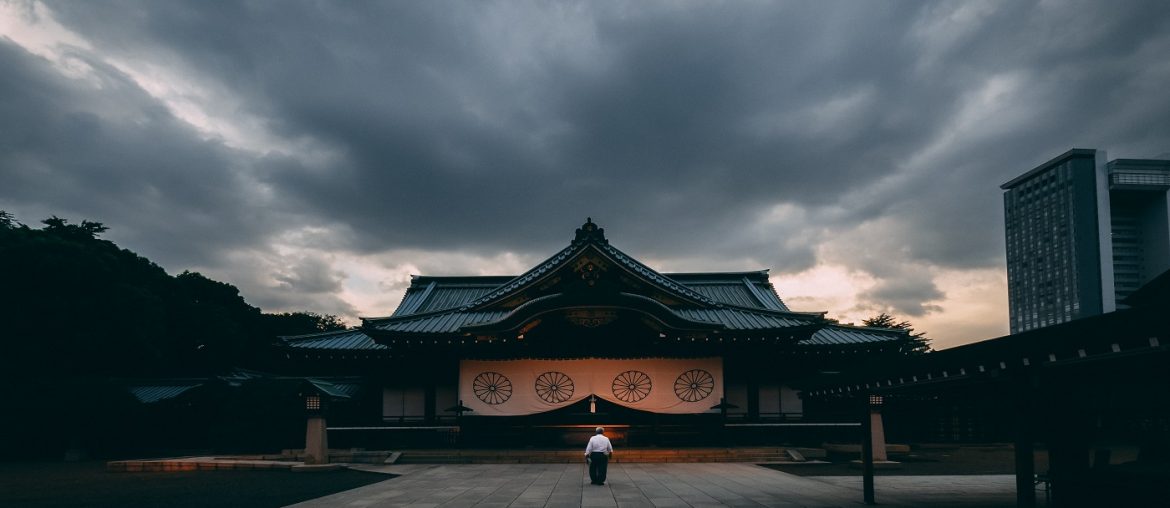Japan is a culturally enriched country where the people have long coexisted with nature. With the progression of time, their construction methods have developed further, keeping up with the modern construction methods. Most houses in Japan are built mainly in modern or traditional styles. Traditional houses in Japan are mainly constructed with wood, whereas modern houses are constructed with a western pattern, such as wooden floors supported by steel pillars and concrete walls. Moreover, two main types of residences are predominant in Japan, single-family homes and multiple-unit apartment buildings owned by individuals or corporations. Apartment buildings are getting more and more popular in the urban areas of Japan. Such houses in Japan can be categorized into three main types.
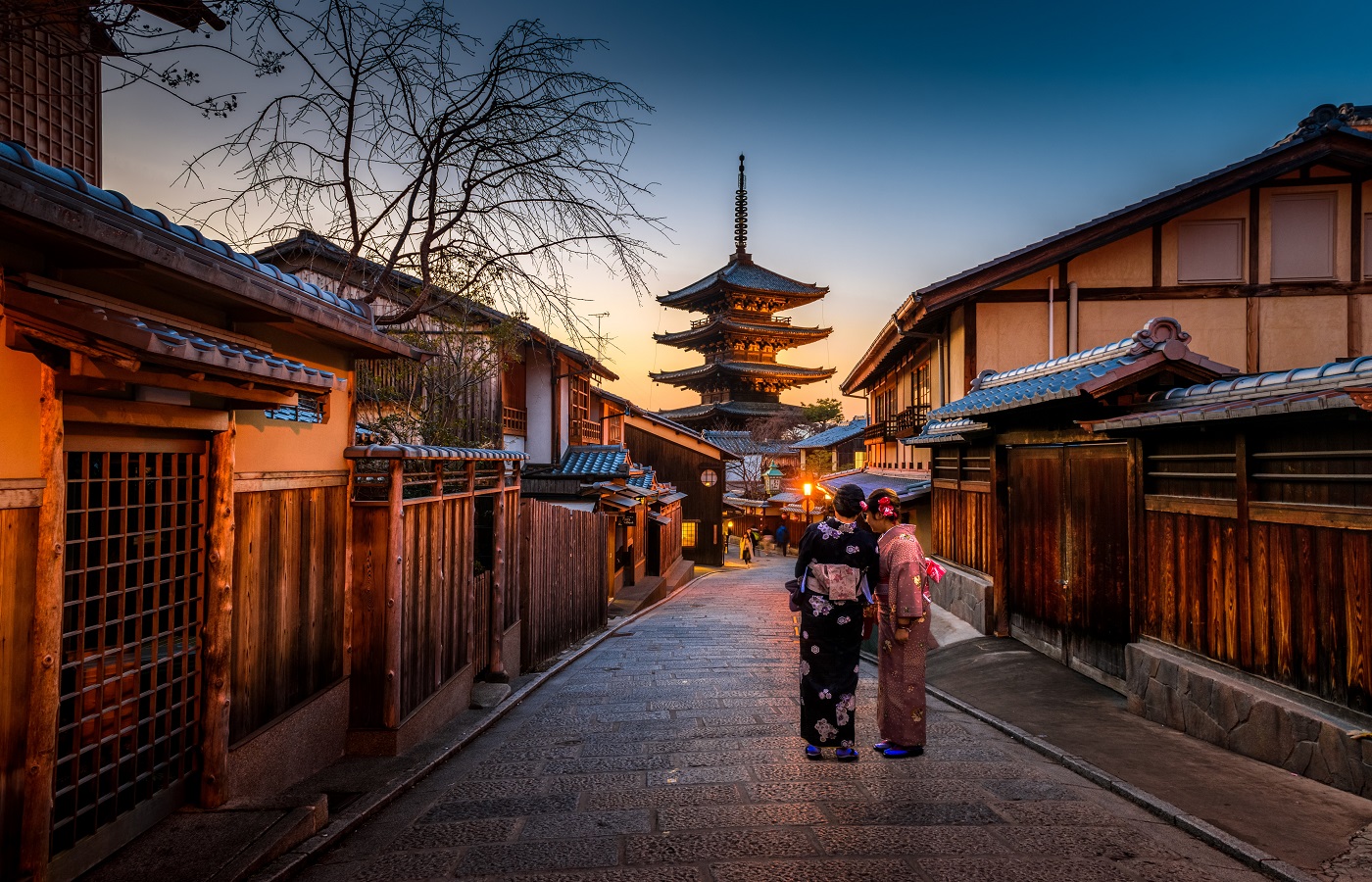
Apartment (Apato)
Apartments are constructed with wood or steel frame. These types of buildings can be up to two stories tall.
Mansions
Mansions are more costly buildings with at least three stories or more. Steel and concrete are used for the construction of these types of buildings.
Kashiya
These are homes with a lease or rent.
Interior design and architectural wonders
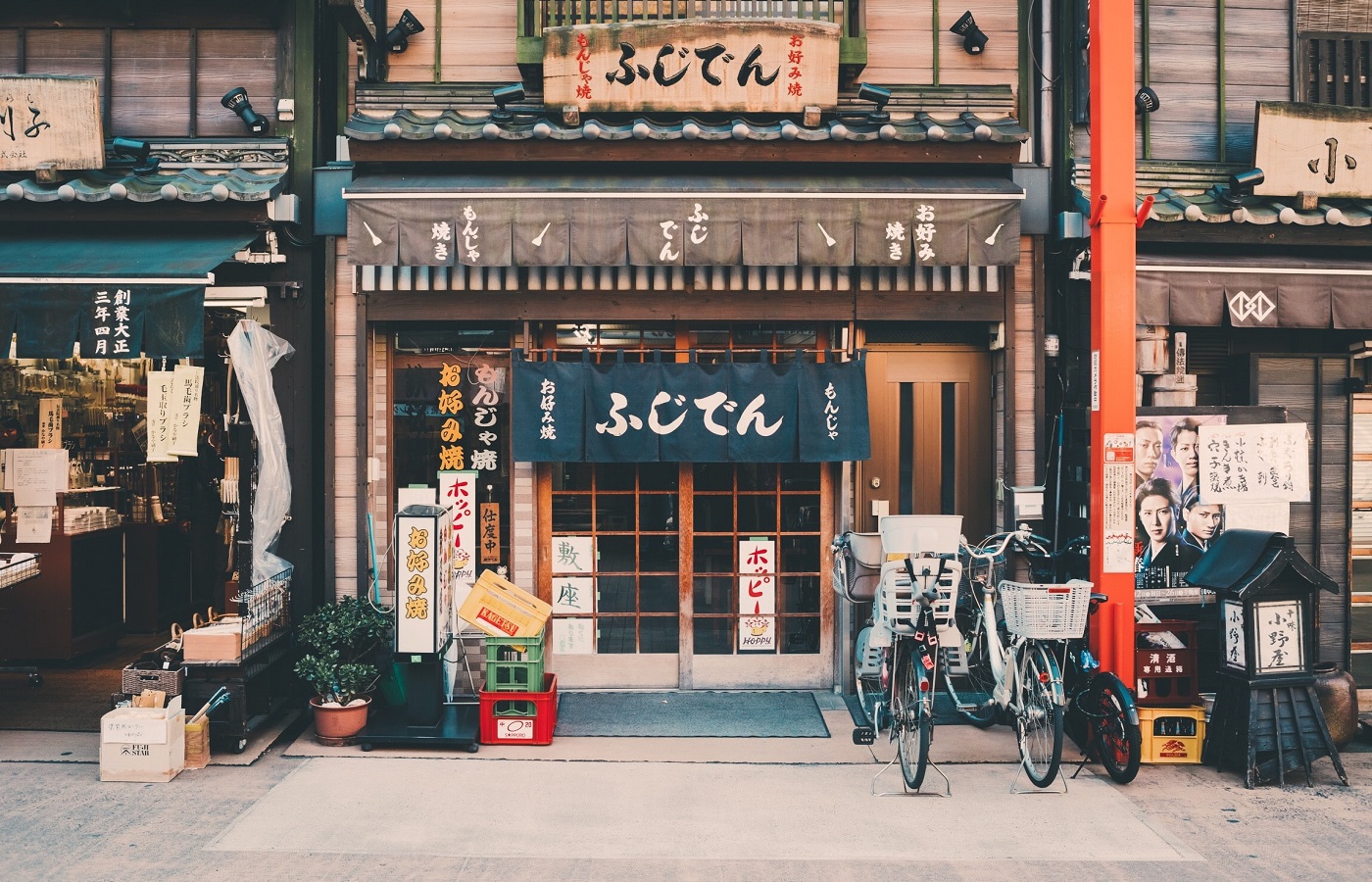
Three main flooring options are seen throughout houses in Japan like tatami, hardwood flooring, and carpet. Tatami is a traditional Japanese flooring material that is built from thickly woven rice straws. This flooring material provides excellent cover in both summer and winter by keeping the floor cool in warm weather and warm in cold ones. Hardwood and carpet flooring is a costlier option. However, hardwood flooring gives the house a modern look but more prone to scratches. On the other hand, the humid weather of Japan can prove troublesome for carpet flooring on the bugs management front, and carpets are hard to clean.
Innovative houses in Japan
Because of the scarcity in land space, people in Japan innovatively built their houses, maximizing minimal space with clever designs. Now let’s discuss some of the unique houses in Japan.
Horinouchi House
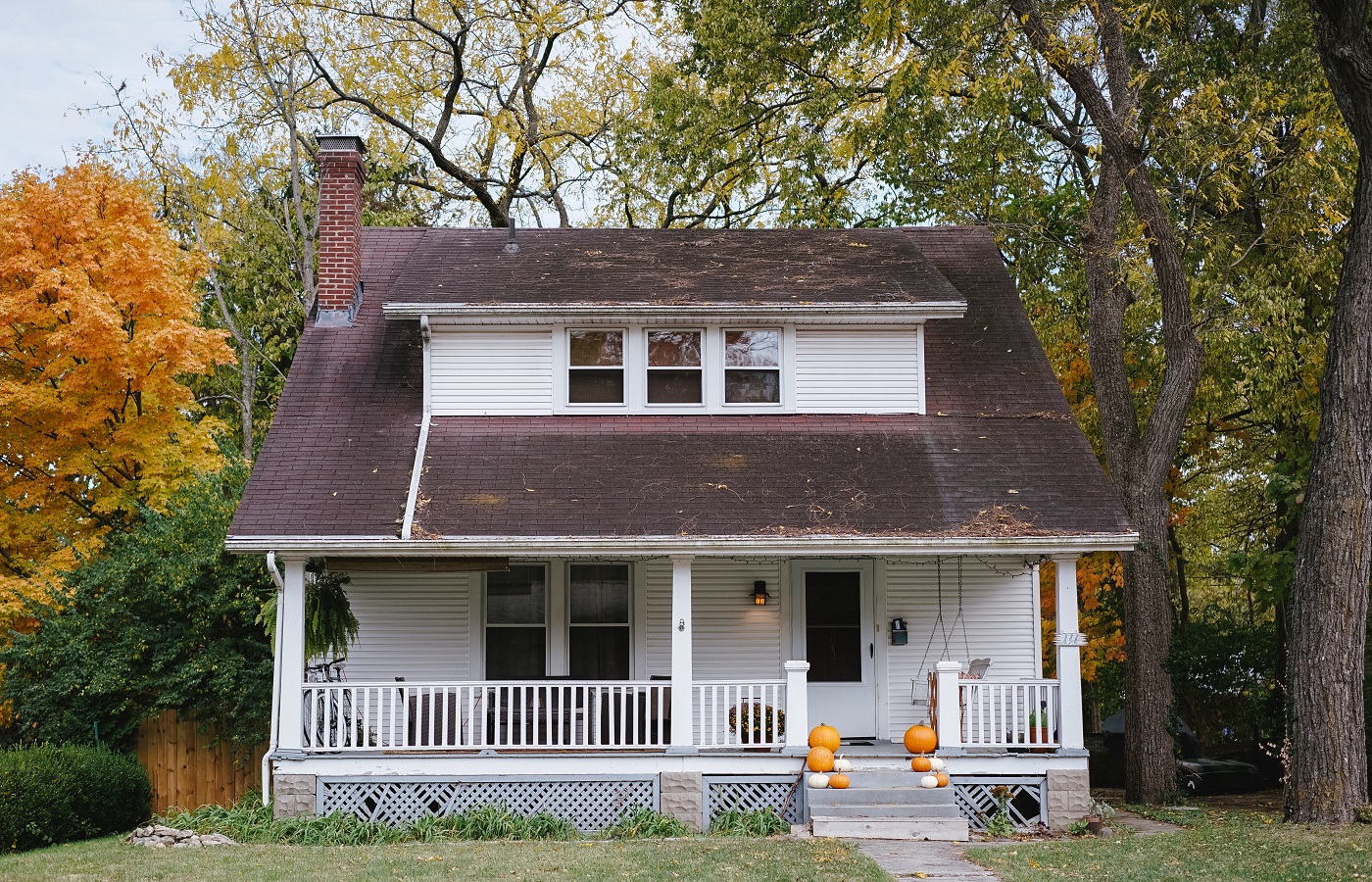
Built-in 2011 by Mizuishi architect Atelier at the crossroads of a river, this house has a master bedroom with a bathroom, a kitchen, dining room, and a lounge. Also, there is a parking space and a loft under the roof.
Nada House
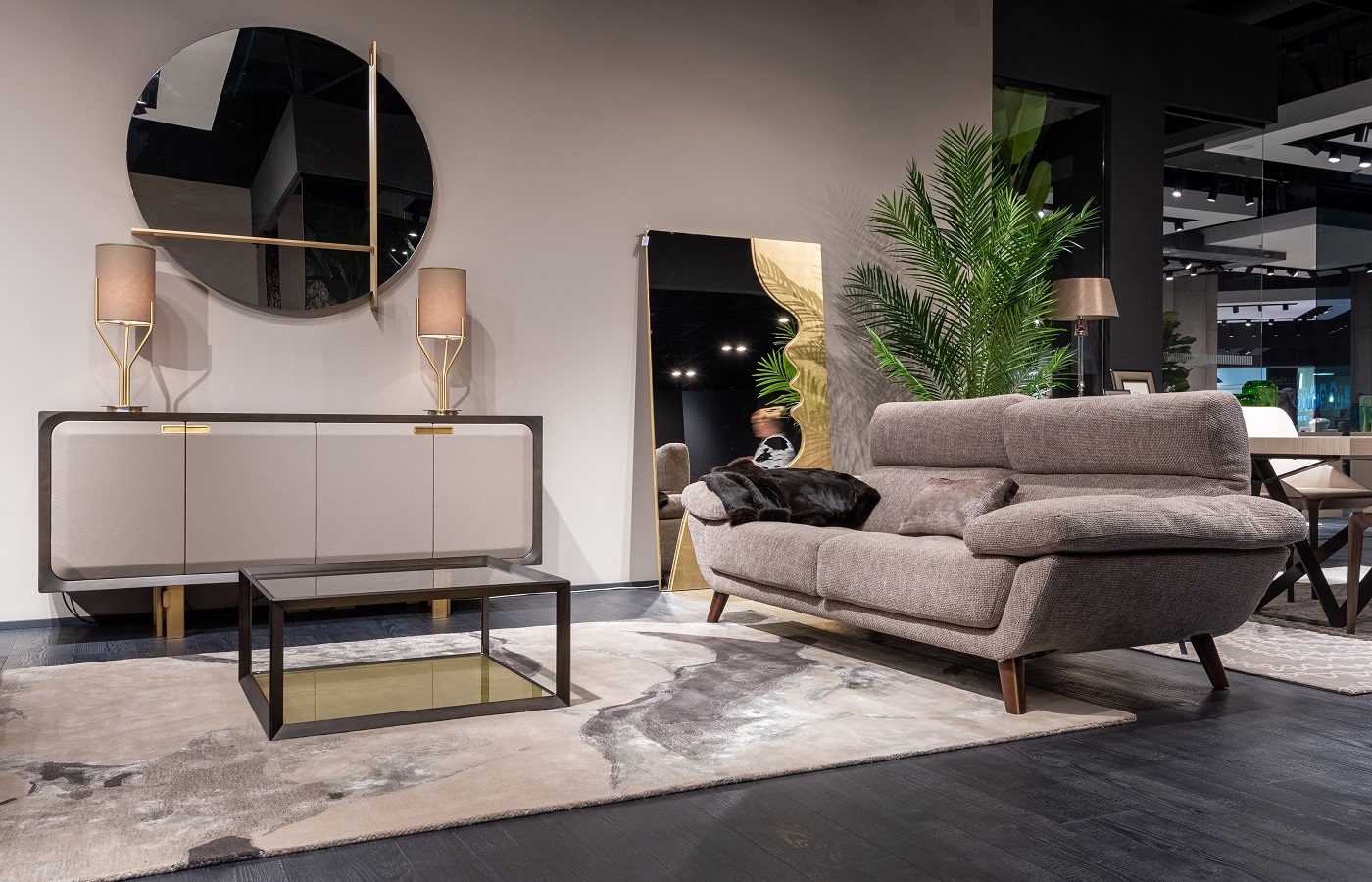
Fujiwara architects built Nada house in a residential suburb of Hyogo. The architects constructed the houses mixing plaster, wood, and glasses. For the interior, they included two bedrooms and a kitchen. Additionally, there is a bathroom, a dining room, and a living room. The bonus parking space also provides ample storage space under the floor.
Ultra Tiny House
This house was built within the space to park a car in a vibrant district of the Japanese capital. There is parking space on the ground floor, living room, the kitchen is on the first floor, and the second floor is reserved for the bedroom.
Moriyama House
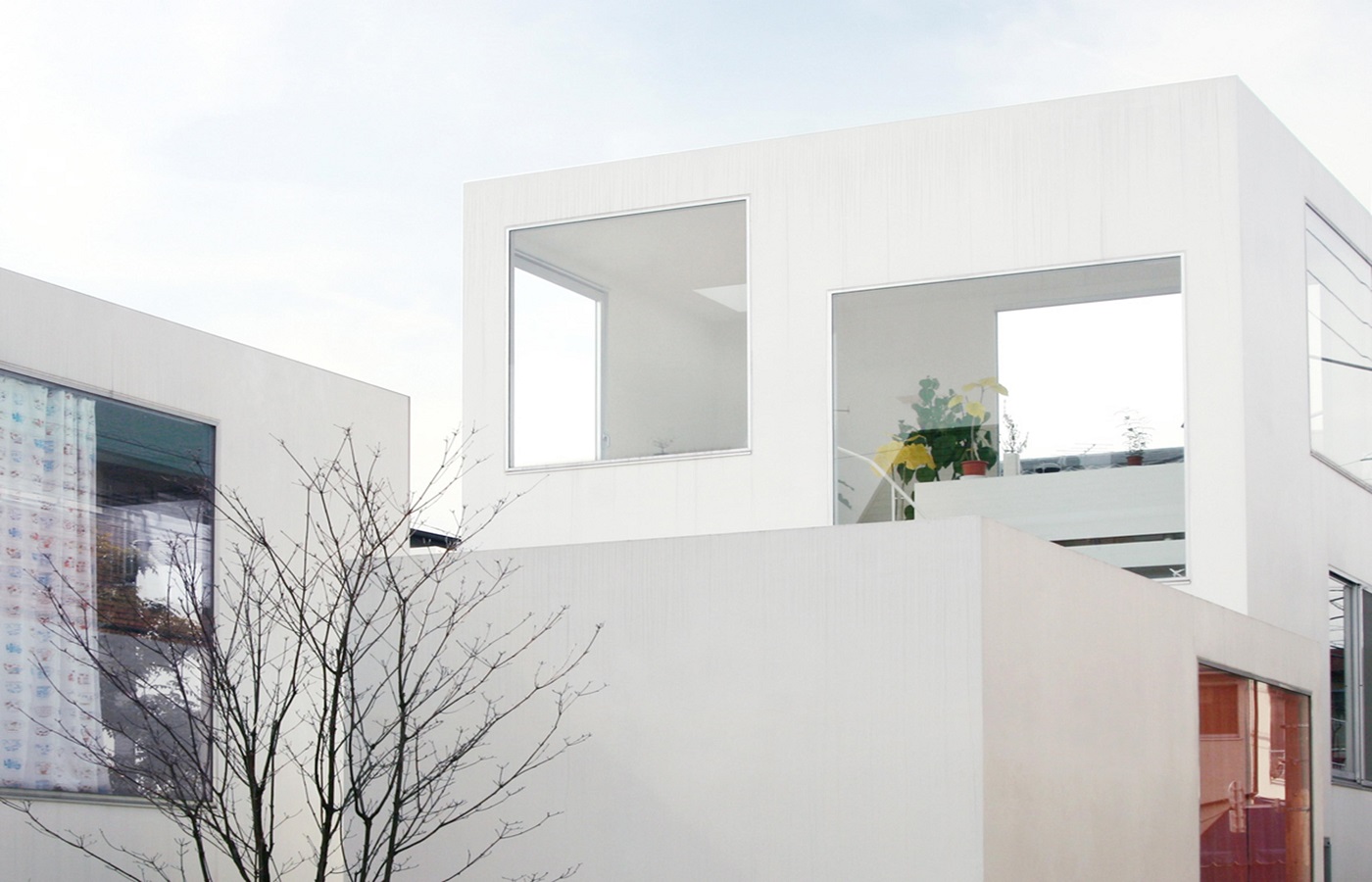
These are houses constructed by the SANAA agency and are located in a famous district of Tokyo. This building represents modern architectural concepts connecting several buildings of different volumes, heights, and sizes.
Frame the Sky House
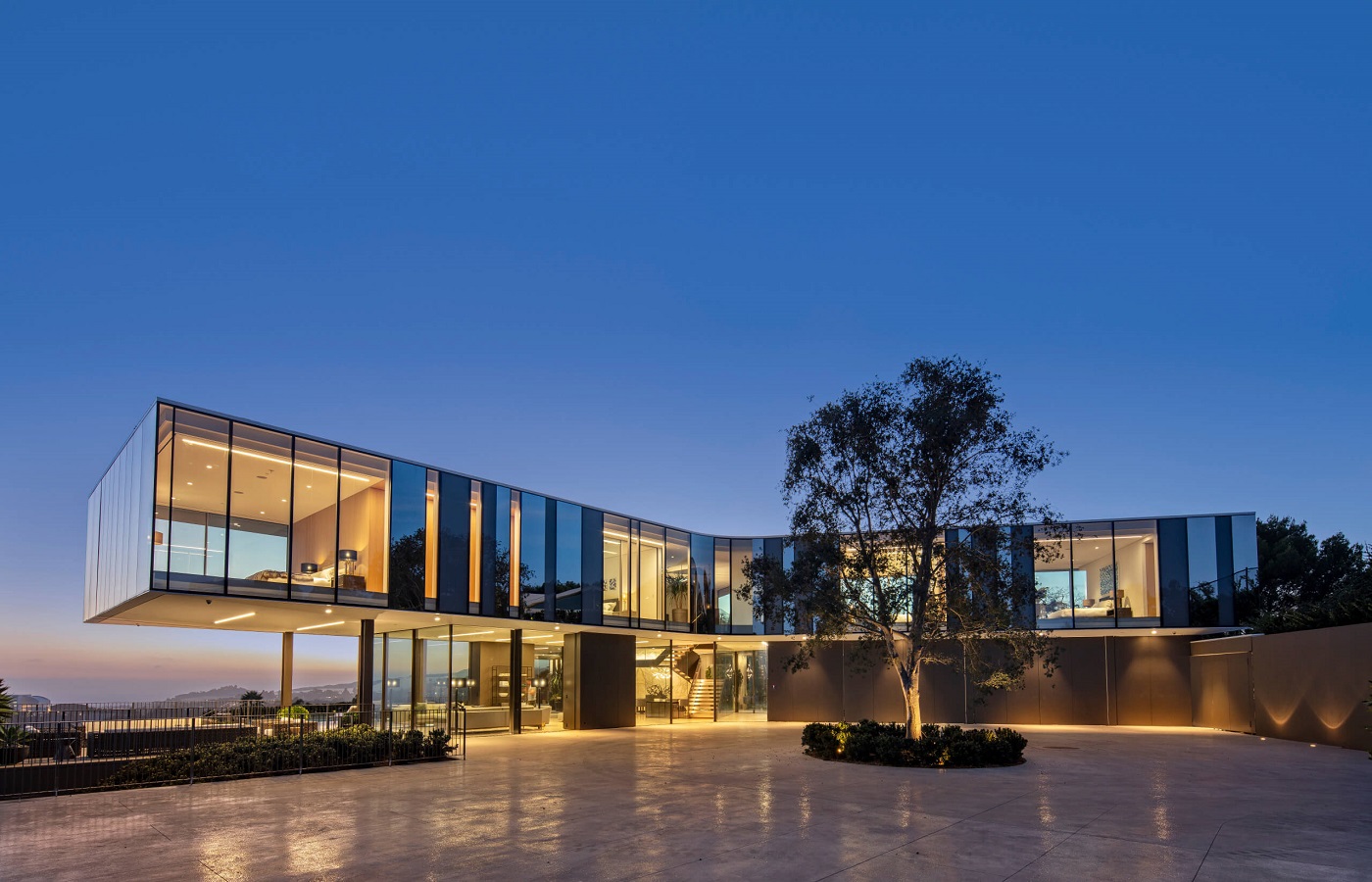
Atelier Tekuto is the constructor of this house, and it is located in the Aoyama district of Tokyo. There is a basement with a garage, master bedroom and bathroom on the ground floor. Additionally, there are a dining and living room on the first floor and a loft on the top floor as a children’s room. Henceforth, a sizeable central skylight window is added as an interface for capturing the relation between nature and people living in the urban area.
Geographically, Japan is located in an earthquake-prone area. As a result, most traditional houses in Japan are built to make them more resistant to damages caused by violent shaking. Also, one unique feature of the houses in Japan is that they are built with a short lifespan expectancy and are usually torn down and rebuilt after two or three decades.

